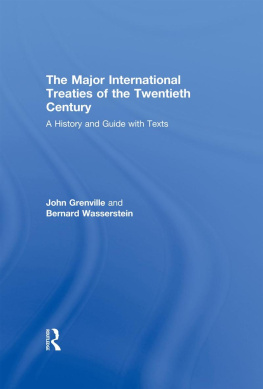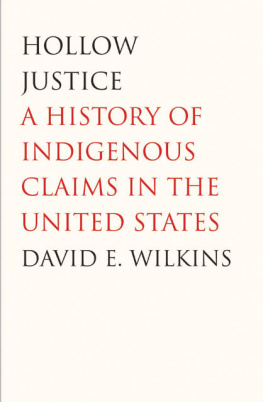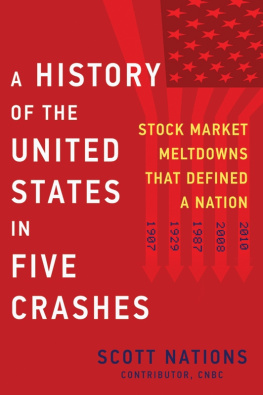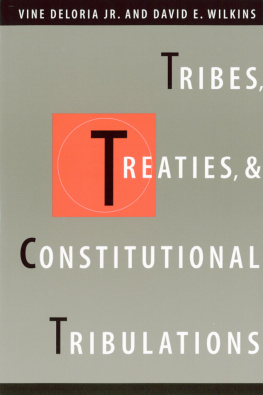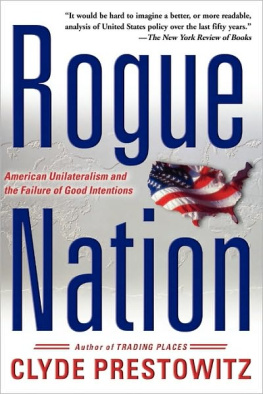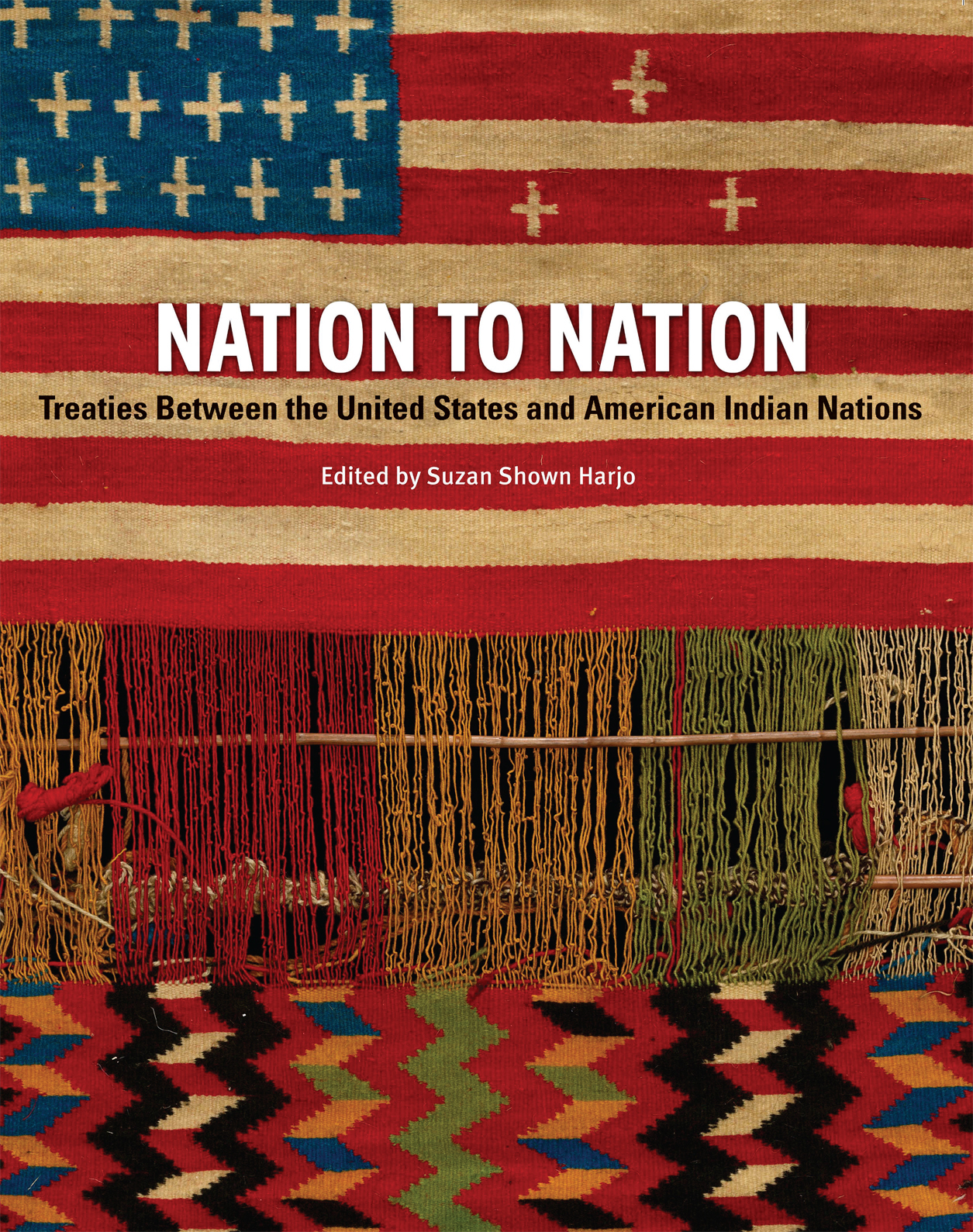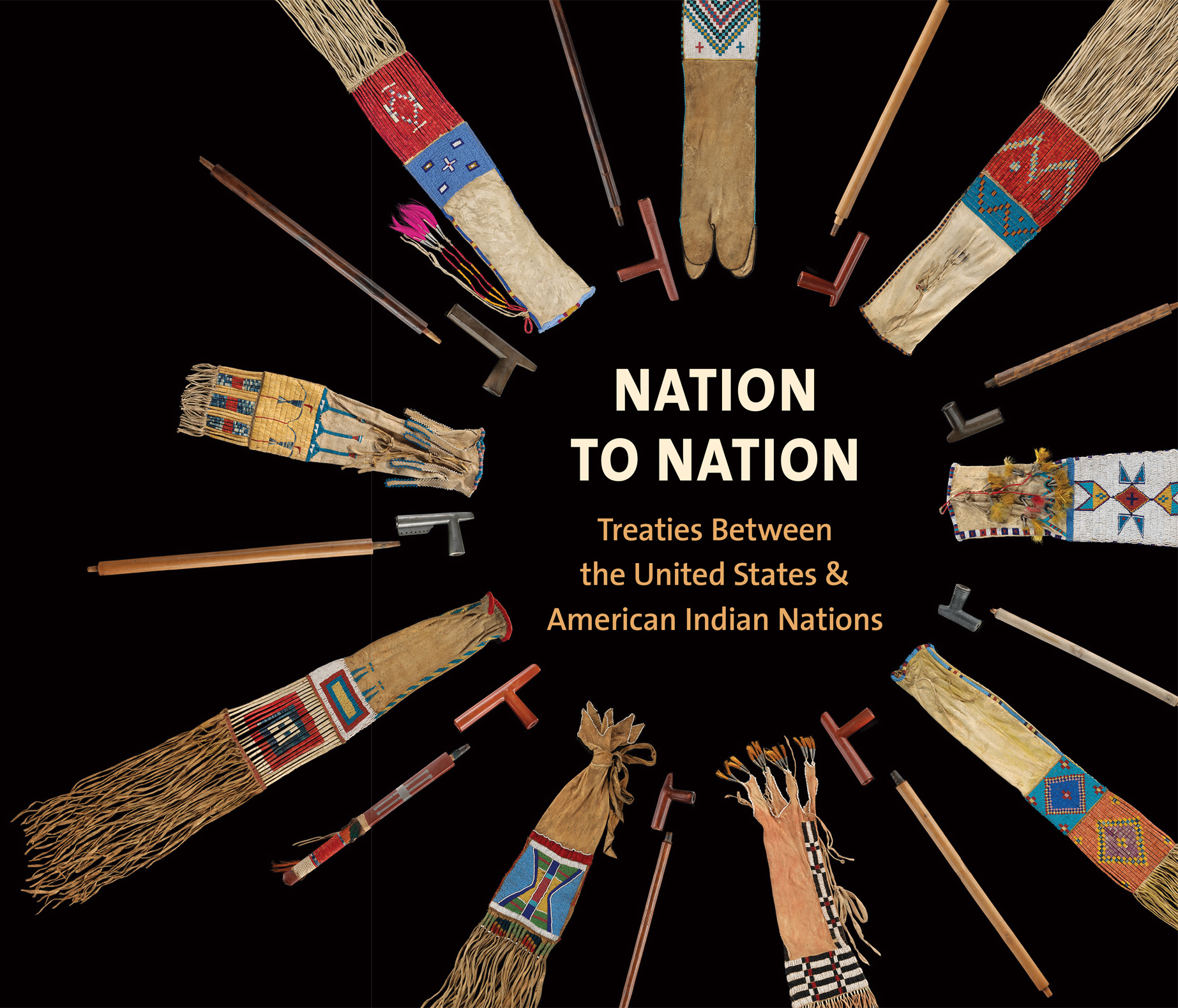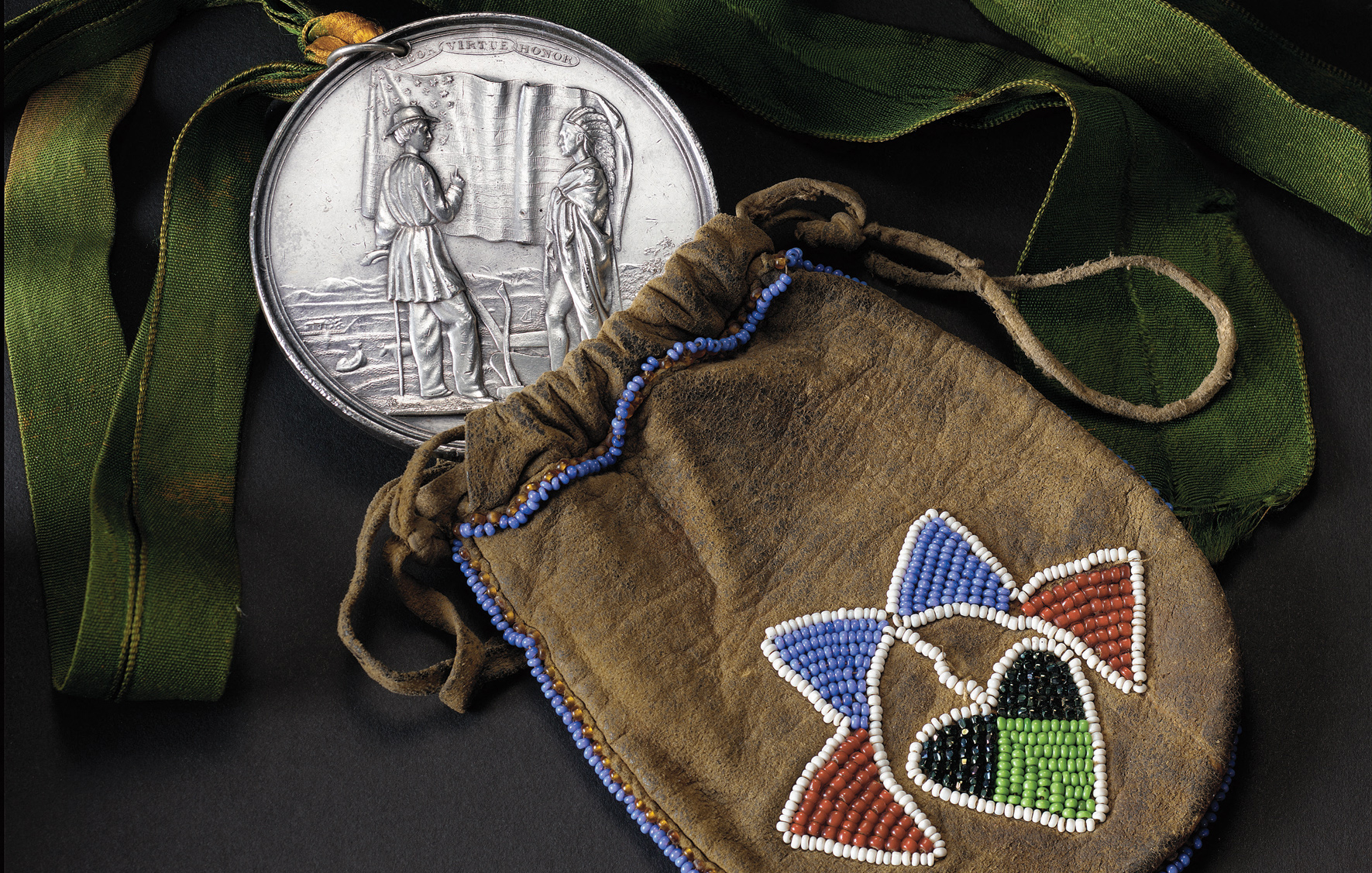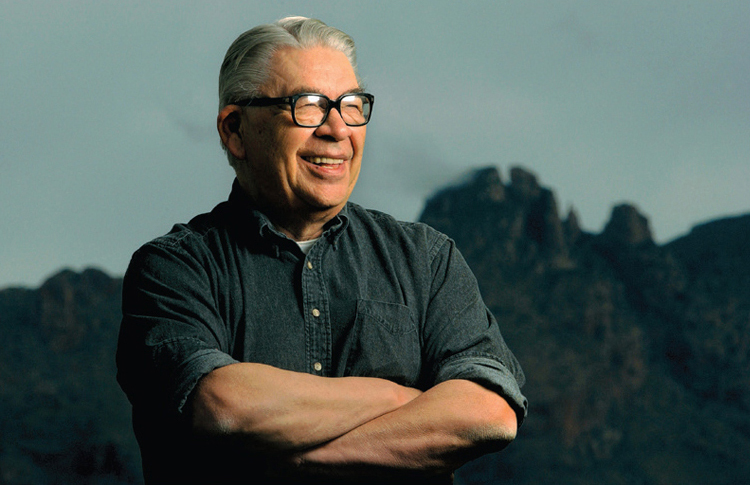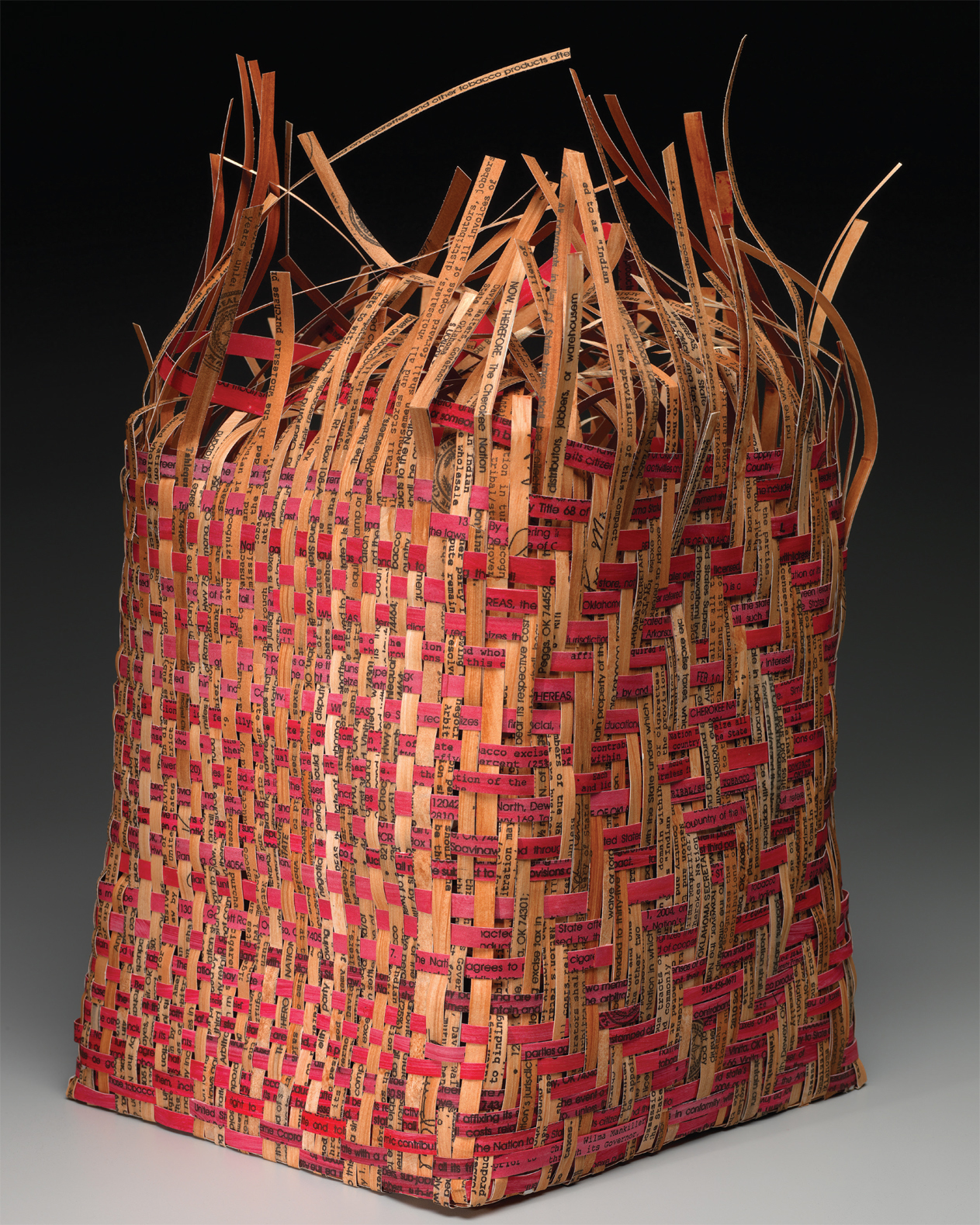Copyright 2014 Smithsonian Institution. All rights reserved under international copyright conventions. No part of this book may be reproduced or utilized in any form or by any means, electronic or mechanical, including photocopying, recording, or by any information storage and retrieval system, except in the case of brief quotations in critical articles and reviews, without permission in writing from the National Museum of the American Indian, Publications Office, PO Box 37012, MRC 590, Washington, DC, 20013.
This eBook may be purchased for educational, business, or sales promotional use. For information, please write: Smithsonian Books, Special Markets, PO Box 37012, MRC 513, Washington, DC, 20013.
The National Museum of the American Indian (NMAI), Smithsonian Institution, is committed to advancing knowledge and understanding of the Native cultures of the Western Hemispherepast, present, and futurethrough partnership with Native people and others. The museum works to support the continuance of culture, traditional values, and transitions in contemporary Native life.
For more information about the Smithsonians National Museum of the American Indian, visit the NMAIS website at www.AmericanIndian.si.edu. To support the museum by becoming a member, call 1-800-242-NMAI (6624) or click on Support on the website.
Director: Kevin Gover (Pawnee)
Associate Director for Museum Programs: Tim Johnson (Mohawk)
General Editor: Suzan Shown Harjo (Cheyenne and Hodulgee Muscogee)
Publications Manager: Tanya Thrasher (Cherokee Nation)
Project Editor: Sally Barrows
Editorial and Research Assistance: Erin Beasley, Ccile Ganteaume, Carolyn Gilman, Christine T. Gordon, Alexandra Harris (Cherokee), Mark G. Hirsch, Cali Martin, Jane McAllister, Arwen Nuttall (Cherokee), Edwin Schupman (Muscogee), Heather Shannon, Lindy Trolan, Christopher Lindsay Turner
Permissions: Erin Beasley, Ann Kawasaki, Bethany Montagano
Object Photography, Photo Services, and Media Group: Ernest Amoroso, Dan Davis, Katherine Fogden (Akwesasne Mohawk), Augusta Lehman, Doug McMains, R.A.Whiteside
Map Illustrations: Gene Thorp/Cartographic Concepts, Inc.
Design: Julie Allred / BW&A Books, Steve Bell
Published by Smithsonian Books
Director: Carolyn Gleason
Production Editor: Christina Wiginton
The essay in this book entitled Unintended Consequences: Johnson v. MIntosh and Indian Removal, was adapted by its author, Lindsay G. Robertson, from his book Conquest by Law: How the Discovery of America Dispossessed Indigenous Peoples of Their Lands (2007), sections of which are reprinted here with the permission of Oxford University Press, USA.
Library of Congress Cataloging-in-Publication Data
Nation to nation : treaties between the United States and American Indian Nations / edited by Suzan Shown Harjo ; contributions by Kevin Gover [and three others].
pages cm
Summary: Approximately 368 treaties were negotiated and signed by U.S. commissioners and tribal leaders (and subsequently approved by the U.S. Senate) from 1777 to 1868. These treaties enshrine promises the U.S. government made to Indian people and recognize tribes as nationsa fact that distinguishes tribal citizens from other Americans, and supports contemporary Native assertions of tribal sovereignty and self-determination. Treaties are legally binding and still in effect. Beginning in the 1960s, Native activists invoked Americas growing commitment to social justice to restore broken treaties. Today, the reassertion of treaty rights and tribal self-determination is evident in renewed tribal political, economic, and cultural strength, as well as in reinvigorated nation-to-nation relations with the United StatesProvided by publisher.
ISBN 978-1-58834-478-6 (hardback)ISBN 978-1-58834-479-3 (e-book)
1. Indians of North AmericaTreatiesHistory. 2. Indians of North AmericaLegal status, laws, etc. 3. Indians of North AmericaGovernment relations. 4. Treaty-making powerUnited StatesHistory. I. Harjo, Suzan Shown, editor.
v3.1
Vine Deloria Jr., January 2, 2005.
M Y DISTINGUISHED ANCESTORS, EXTENDED FAMILY , and dear friend for forty years Vine Deloria Jr. (Standing Rock Sioux, 19332005) gave me the curiosity and goals to pursue the history of treaties and treaty making, to understand what went wrong, and to appreciate and wonder at those who went through the horrors of civilization and emerged as loving, optimistic human beings. I dedicate this book to their memory, and to the ancestors who made the treaties for all of us.
SUZAN SHOWN HARJO
(Cheyenne and Hodulgee Muscogee)
Shan Goshorn (Eastern Band of Cherokee), b. 1957. Pieced Treaty: Spiders Web Treaty Basket , 2007. Paper, paint. 35 32 58.5 cm. National Museum of the American Indian 26/6080
FOREWORD
T HIS YEAR MARKS THE TENTH ANNIVERSARY OF THE OPENING OF THE Smithsonians National Museum of the American Indian in Washington, DC. To commemorate the event, the museum chose to develop a publication and an exhibition about treaties between the United States and American Indian Nations.
Why treaties? Because, as this book shows, treaties matternot only to American Indians but also to everyone who lives in the United States. For starters, the United States acquired much of its land through treaties with Indian Tribes. These negotiated, bilateral agreements are, therefore, fundamental to understanding how the United States was created, and how its citizens obtained the land and natural resources they enjoy today.
Treaties rest at the heart of Native American history as well as contemporary tribal life and identity. The approximately 368 treaties that were negotiated and signed by U.S. commissioners and tribal leaders (and subsequently approved by the U.S. Senate) from 1777 to 1868 enshrine promises our government made to Indian Nations. But they also recognize tribes as nations a fact that distinguishes tribal citizens from other Americans, and supports contemporary Native assertions of tribal sovereignty and self-determination.
Far from being dusty documents of dubious relevance, treaties are legally binding and still in effect. Repeatedly recognized by the courts as sources of rights for Indian people and their Indian Nations, treaties carry the weight of the past and test the strength of our nations commitment to honesty, good faith, and the rule of law. Promises between the leaders of nations, treaties inscribe solemn vows that cannot lightly be broken or ignoreda verity that Supreme Court justice Hugo Black recognized in 1960 when he declared, Great nations, like great men, should keep their word.


